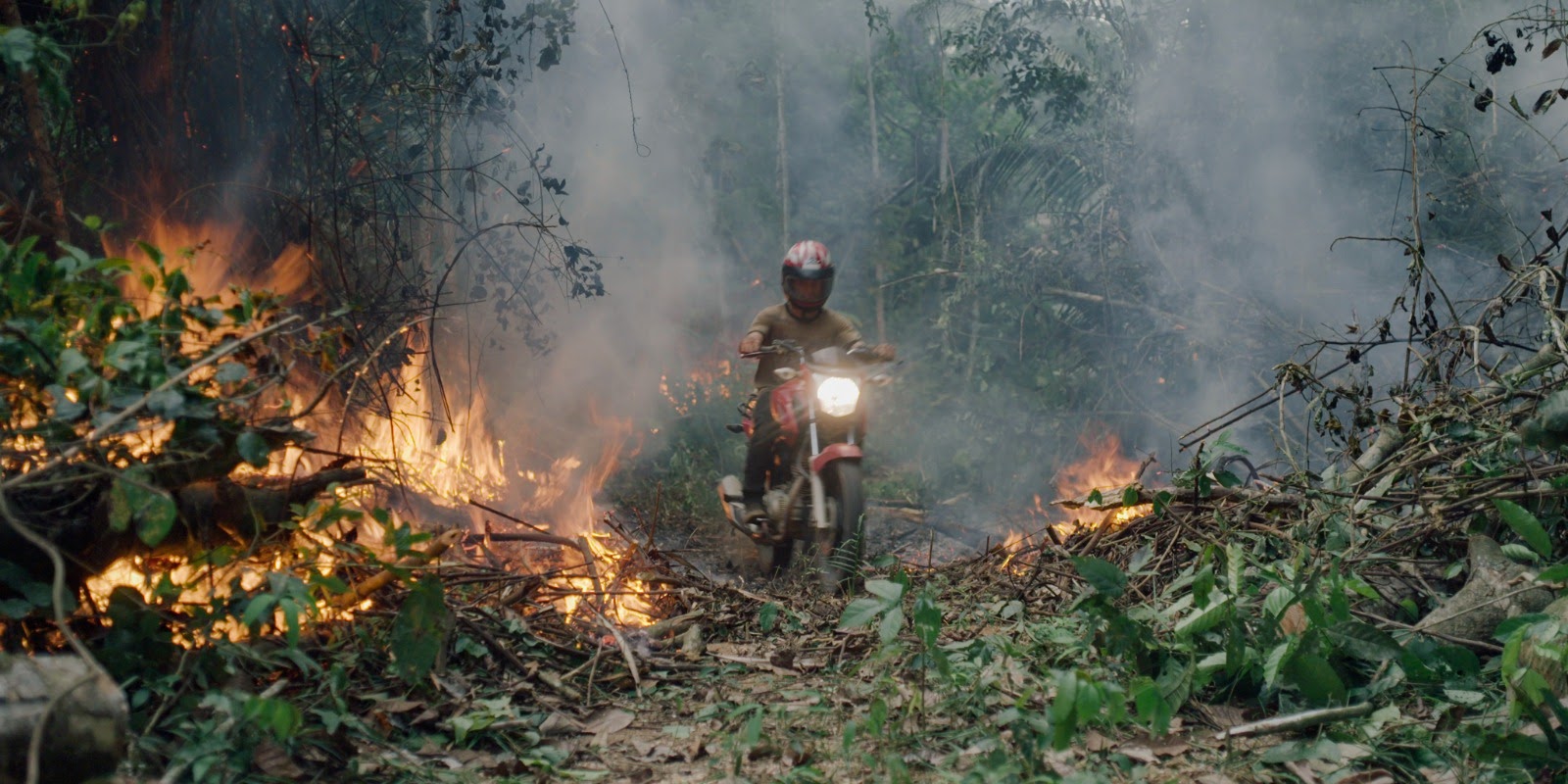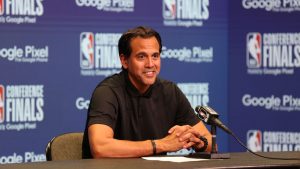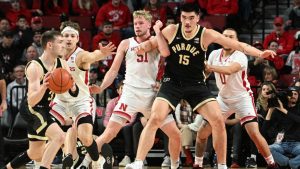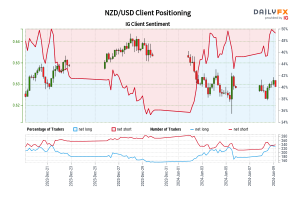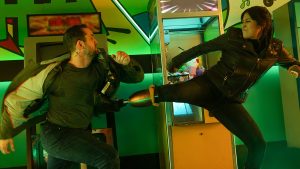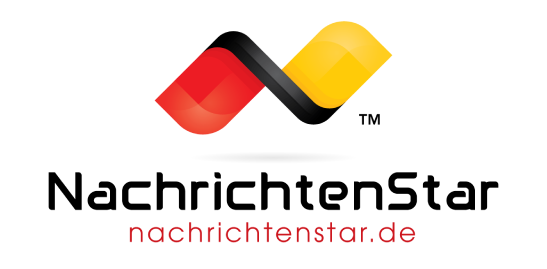The Territory Director Alex Pritz on Local Conflicts, Narrative Control, and Ethical Choices ist die Überschrift der Nachrichten, die der Autor von NachrichtenStar diesen Artikel gesammelt hat. Bleiben Sie auf NachrichtenStar auf dem Laufenden, um die neuesten Nachrichten zu diesem Thema zu erhalten. Wir bitten Sie, uns in sozialen Netzwerken zu folgen.
When watching documentarian Alex Pritz’s The Territory, the conflict becomes all-consuming. The Uru-eu-wau-wau, less than 200 of them, become the clear heroes. The settlers and farmers, all of which are attempting to seize Indigenous land to make it their own, become the natural villains, despite their own struggles. Pritz stands behind the camera, shooting each side of the conflict, giving air time to those that protect and light this small section of the Amazon rainforest, allowing viewers to make their own judgments.
Composed of three years of footage, Pritz’s first feature oscillates between the lush beauty of the Amazon and the people inhabiting––or hoping to inhabit––the land. Bought by National Geographic after the Sundance Film Festival, the film explores a clash between hundreds of people, a dispute over a protection section of the rainforest. It isn’t trying to look at deforestation throughout the entire Amazon. It’s hyperfocused on the Uru-eu-wau-wau, on the faces behind this conflict, on a teenage leader in Bitate, and an activist in Neidinha.
The Territory is upsetting and angering; it’s a microcosm of much larger issues that are plaguing the planet and Indigenous populations around Brazil and the rest of the world. It’s pulsing with urgency, hoping to bring awareness to a group of people who have been ignored for generations. Pritz’s film firmly feels of the time, a capsule of growing crises that fill headlines without much government action.
We sat down with Pritz to talk about the ethical dilemmas within the documentary, discussing the decision to give narrative power to the Uru-eu-wau-wau and the many filmmaking choices that led to the final cut of a film that desperately wants to find a wider audience.
The Film Stage: The idea of trust exists throughout the documentary. How did you get the Indigenous Uru-eu-wau-wau people to trust you initially?
Alex Pritz: I think the trust between myself as an outsider and the Uru-eu-wau-wau was something we were constantly trying to earn and live up to. It wasn’t something we got in the beginning, and then sort of moved on. But, originally, it came through Neidinha, who’s had a 30-40 year relationship with this community. She’s known Bitate since he was born. And so that was the only way to be introduced to this community. From there on, it was on us to present our ideas and who we were in a way that people would either agree with or not. One of the first things that happened when I was there, I didn’t even really have a camera, just had a notebook and was just trying to listen and understand people’s perspectives. And there was a linguist there from UC Berkeley who was trying to help the community record their language. And if we record this language, then people can teach it in schools, the next generation will pick up, better parts of their culture, etc. And so everything happens by consensus in the community, six villages come together and sit and talk for a day, two days, three days, however long it takes until everybody agrees, and they did this. And they came, and they talked, and he presented his ideas, and they discussed and they came back and said, “No, we’re not gonna let you record our language. Because we know what happens when our language, when any part of our culture or who we are, is recorded. “We’re gonna have to pay to speak our own language.”
And for me early on, I think that was just a really important thing for me to understand and realize just how much had been taken, and extracted from this community by people who looked like me, who came from similar places as me, behaved culturally like me. And then the flipside of that being how important ownership and autonomy and control is going to be over their story, if we were going to go forward with this. And so the next time I came, we brought some small cameras with us, and just did some really basic participatory video workshops. The elders had never seen a film before. So how do you ask somebody if they want to be part of a film if they don’t know what a film is? Just super basic stuff, not really planning to use any of it, just to open up a more honest conversation about who I am and what I’m trying to do, as well as to impress upon people what they were entrusting me with. If this trust was going to be given in terms of shaping their narrative and their story to an outside public audience. And so that kind of laid the foundation for the conversations about whether people were interested in this. And eventually, you know, the answer was, yes, let’s embark on this together.
Did they know you were meeting with their adversaries? And that you were filming them as well? How did you get these opposing groups to trust you?
The idea of going and specifically reaching out to some of these farmers’ groups came from Bitate and Neidinha, who said, “Look, we spend a lot of time with journalists, they come here for two weeks, we sort of babysit them, we take them to see all the deforestation sites, they interview and ask us all the same questions. And they all produce pretty similar reports for their competing respective outlets. We’re not seeing that much change on the ground for us here. If you want to do something bigger and deeper, go talk to the people that are committing these acts of violence and destruction, because it’s not us. We’re not the source of this conflict. We’re the recipients of it. But you don’t need to investigate our psyche, go investigate their psyche.”
And I was excited about that. I wasn’t interested in making a moralistic black-and-white film and so took that to heart. And at that point, we had to have some more serious conversations. When Alex is going and filming with the other side, he can’t tell you who he’s with. He can’t tell you where he is. And we’re not gonna be able to share footage of that until it’s ready. And then we had the same conversation with the other side and said you are not the only perspective involved in this film, you’re going to get to speak for yourself. We’re going to film you equally in the hot sun digging holes as we will lighting fire to the rainforest. But there are going to be other perspectives involved in this story.
You just mentioned lighting fire to the Amazon. Did you feel a sense of moral duty to the other side when you see this happening, when you see the rainforest getting destroyed?
I felt a moral horror and outrage filming that fire being lit. But at the same time, as that was happening, Bolsonaro was going on TV, telling people that NGOs were lighting fire to the rainforest, in order to drum up financial support for their efforts to undermine the country. And so seeing these people, having footage of these people out there doing this brazenly, openly, that’s what they’re up against every day. It’s just two degrees hidden from the public. And they were really not excited, but I think grateful that the footage was out there, and that they were able to bring it to the public ministry once the film was out. There were other instances where we said, “Look, this footage is too important.” That footage of the fire, there’s nobody you can call, there’s no one, you’re five hours from any cell reception. It’s not like you can call the Park Service or something. The phone lines are cut, as you see when Neidinha tries to call about an act of invasion. And they said we can’t do anything.
So showing the government’s inaction in the face of these crimes I think was more important to us. At the same time, there were moments where we said we want to get this out there despite the fact that documentary filmmakers are guarded over their footage and don’t want to share it with the news or whatever else. But the footage of the invader arrest, for example, the community said, “We really think this is important that we get this footage out there and show the way that we are doing our work, and that we’re filling this vacuum of power left by the government.” And so we said great, we shot this for the documentary film, but if you guys feel really passionately about this, we will give it to the media and see what they do with it. And so we were always having those discussions with Bitate and Neidinha about what was or wasn’t part of the film, and what the value of holding on to something or publishing it right away would be.
Can you talk more about what you think your role is in all of this? Especially with all of the ethical questions attached to this documentary.
I think that the thing I’m most proud of, perhaps, is the way that we built the team around this film. I don’t think we could have made this film any other way than we did. In the end, working with the Uru-eu-wau-wau community. The impact work that we’re bringing afterward, I’m really excited about and passionate about building a multimedia center with the Uru-eu-wau-wau in their territory, so they can continue telling these stories themselves. I come from a sort of participatory video background. And so I like teaching, I like working with people. I like helping people use film as a tool and as a real tool in their own lives beyond self-expression, but also for evidence and all of this stuff. I like to be able to share that with people. And I hope that’s something that we’re able to leave the community with afterward. But I really think just handing as big a megaphone as we can to Bitate and Neidinha, those who have been doing this work tirelessly for so many years, for generations. And just getting them as big a megaphone as we can. I believe in their message. I think the bigger question is whether the rest of the world is ready to listen to what they have to say.
One of the first shots of the film is of a falling tree, which you repeat later in the doc. Why did you decide to start that way?
We knew that we wanted to start in a way that was not the first chapter of the film, lure you into a sense of calm and joy and wonder and experience the rainforest and this community as they are and not try to start necessarily with the conflict. But wanted to have the specter of that somehow imbued on the first act of the film. And so starting with this kind of jolt of energy felt like a good way. I also just wanted to try to find ways visually, wherever we could to link deforestation with cattle and cattle ranching. And so trying to build that sequence, starting small with the sharpening of the chainsaw, building out to the tractor building, out to the tree falling, and then leaving on cows looking directly at the camera felt visually like a nice way of painting that progression of deforestation. It starts with a chainsaw, it then moves to a kind of burning, even if the burning wasn’t in there. But you know, eventually, all of this does become beef and cattle. And we didn’t want to get too didactic and get into that too much in the film, but trying to have that aesthetically be present was important to us.
Is that why there are so many shots that almost feel like you’re watching a nature documentary?
I wanted to go between the big and the small wherever we could, because this conflict that we’re filming is a local conflict. It’s a regional conflict. Everybody knows everybody in the story and has direct relationships. But it’s not the story of the Amazon as a whole. At the same time, it’s emblematic of this widespread destruction and deforestation happening across the whole ecosystem. And so we wanted to be able to move between time and space and show the scope of what’s happening across the Amazon shooting through massive amounts of forest over the past decades. But then also dig into the rainforest itself, and the myriad ecological interactions that are happening within any square inch of rainforest. It’s like a world unto itself, there’s so much life packed into it. And so living narratively at eye level, with these characters in their lives, but then in those interstitial moments, trying to move between the big and the grand and the small, but still wondrous.
How did you decide when to give the Indigenous community narrative control and actual video control of the film?
That really happened during COVID. So when COVID came, Bitate said, “No journalists in the territory. No documentary filmmakers, no Alex, you’re not allowed until it’s safe to come.” And we didn’t know what that meant. There was no vaccine in sight. Eventually, it was for over a year until the whole community was vaccinated, and we were vaccinated. We didn’t set foot in their territory, but we didn’t know how long that would be at the time. And so we said, “Okay, are we done with that? Should we start editing, like how much footage do we have? What are we missing?” And Bitate was like, “No, we’re not done. We’re definitely not done. People are doubling down now during COVID on deforestation, it’s only getting worse for us. We’re definitely not finished and just send us better cameras and audio equipment.” And then we did remote workshops over WhatsApp. “Here’s the audio meters, here’s how you do all sorts of different things.” We took apart different Brazilian films, Indigenous films, talked about shot selection sequencing, talked about representation of Indigenous people in the media. In prior instances, what do you like about this, what could be better?
And that just opened up this whole new arena for us to really treat the community as co-producers of the film and help them form a legal entity that we could interact with as co-producers and sign a contract together and get built into the back end of the film equal to any of the other production companies involved. Also, it opened the door for them to be able to engage in discussions with the other production partners and us about who we were going to sell the film to. Those are really important decisions, you can have as much control over the making of the film as you want, but then you sell the film, and suddenly it’s out of your hands. National Geographic is amazing. It’s also one of the few media organizations that the Uru-eu-wau-wau have a deeper relationship with. NatGeo was there the few years after they were forcibly contacted and assimilated, with white ethnographic photographers documenting this from a very western perspective. And so we had a really open conversation with him about how they feel about NatGeo? It was a big step for them to be embracing this new type of storytelling, but it just opened up a whole new arena of conversations we could have about the film and where it was going.
And how did you go about editing a documentary with this amount of urgency? The documentary is under 90 minutes. How do you decide what is important and what is necessary?
We shot so many different storylines that were cut short, a whole storyline with the environmental police, lots of different characters. I was really interested in the internal politics of the Association. There was a previous leader before Sergio, then he was arrested, another one went into hiding, we kept filming with them while they were in hiding. And I felt like it was a really interesting story of individualism versus collectivism. This group of farmers had banded together collectively, in the pursuit of a lot of individual goals. Everybody gets their own distinct plot of private property. And it felt like the downfall of Rio Bonita was going to be the triumph of individualism over collectivism that they would disintegrate because they couldn’t coalesce around a common goal. Eventually, the Uru-eu-wau-wau winner and their media efforts, actually, were kind of the catalyst for that disintegration. Of course, the Association has reincorporated under a new name and not really gone away. But I think it was really just Carlos Rojas, our editor, helping me understand what was going to bring us back to our characters. What was going to bring us back to Bitate, Neidinha, or another person’s subjective experience of these events?
The Territory is now in limited release.
.



